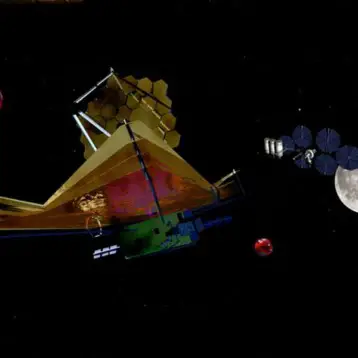Consisting of three linked magnetic cells, the VASIMR engine ionizes a light neutral gas (typically hydrogen), heats it, and then directs it to create thrust in the desired direction. The first cell, called the Plasma Source Antenna, converts the gas into plasma. The plasma is directed through superconducting magnets into the second cell, called the RF Booster Antenna, which uses electromagnetic waves to heat the plasma to the desired temperature. The heated plasma is then directed through a third cell called the Magnetic Nozzle which directs the flow and created the thrust needed to move the rocket payload in the desired direction.
This process is more efficient than traditional propulsion rockets and can provide significantly more thrust, resulting in faster travel with larger payloads. In addition, the thrust is adjustable, allowing slower trips with higher payloads or faster trips with lower payloads with the same power output. The design is also more reliable than chemical rockets and parts should last longer before requiring replacement.
|
Ad Astra founder and former astronaut Dr. Franklin Chang Diaz first began working on plasma rockets at MIT’s Draper Laboratory in 1979 and continued his research at Johnson Space Center from 1994 through 2005 when he left to start Ad Astra. Diaz and his company still have close ties to NASA, expediting a recent agreement to test the VASIMR at ISS. Specific plans for the tests have not been revealed at this time.
While VASIMR would be an invaluable tool for making trips to Mars viable in the near future, initial plans are to use the rocket to haul cargo from low Earth orbit to low lunar orbit. VASIMR could double the current payload maximum of chemical rockets (2000 pounds versus 1000 pounds) when configured for a six month journey between the Earth and Moon.
TFOT has reported on other innovative rocket engine technologies and spacecraft including an antimatter engine using positrons for fuel, a new privately developed lunar lander, an experimental supersonic combustion ramjet, or scramjet, and tests of a methane-powered rocket engine.
Read more about VASIMR and view several videos related to the project at the Ad Astra Rocket Company website here.











